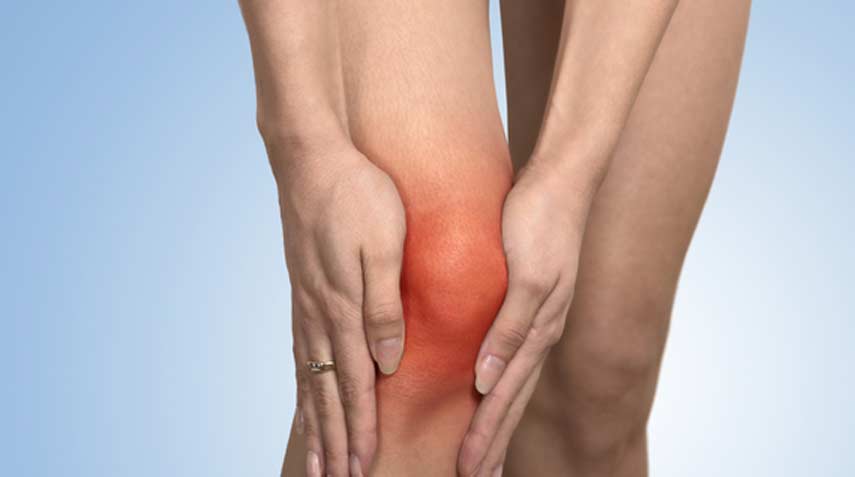
A common symptom associated with a serious personal or work-related injury is muscle pain.
Discomfort of this nature is often experienced in areas likely to be susceptible to injury, such as the lower back and neck, or the arms and legs. An injury to certain muscles sometimes results in “knots” in those soft tissues called trigger points. Essentially, this means an affected muscle is not able to relax.
Combining an anesthetic with a steroid medication, a trigger point injection (TPI) may help tense or “knotted” muscles relax.
What Is a Trigger Point Injection?
A trigger point injection is meant to reduce the inflammation that contributes to muscle tightness. It may be recommended if a personal or work-related injury has contributed to radiating pain that extends to adjacent areas, as is sometimes the case with tense or irritated muscles in the lower back area. TPIs may also help with pain management if your symptoms are aggravated by issues with poor posture or related stress and anxiety.


What Happens Before a TPI?
Prior to administering a trigger point injection, the muscles in the affected area may be felt to determine which one is triggering pain. If there is a need to rule out structural sources of your pain, like a herniated disc, compressed nerve, or fracture, image tests may be done. You may also be asked about the nature of your injury, your symptoms, and what other efforts you have made to manage your pain.
How Is a Trigger Point Injection Given?
Once the affected muscle is confirmed again by applying gentle pressure, the injection is delivered directly into the muscle tissue. The anesthetic in the injection may produce immediate relief. The steroid injection usually takes a bit longer to begin to work on the targeted muscle. A numbing spray may also be applied before the injection is given to make the treatment more comfortable.
Another approach to TPIs is to what’s known as dry needling. With this type of trigger point injection, a needle is inserted into the affected muscle without medication. It’s believed that what’s also referred to as intramuscular stimulation (IMS) may be able to effectively stimulate deeper muscle tissues may making the injected muscle inactive.
What Happens Afterward?
The injected muscle can be used after a trigger point injection is administered. However, you should avoid strenuous activities for a few days. If you are experiencing relief from a TPI, you’ll likely be encouraged to participate in a customized physical therapy program to further strengthen your muscles. This is important since TPIs won’t prevent the possibility of developing “muscle knots” again in the future. It only takes a few minutes to give a TPI. The process may take longer if you need more than one injection to target multiple muscles.
You may benefit from trigger point injections if you haven’t experienced relief from a muscle-related workplace or personal injury with traditional methods – e.g., medication, diet and lifestyle adjustments, and/or massage therapy and other forms of physical therapy. Patients responding well to TPIs may benefit from increased range of motion and flexibility, less pain as targeted muscles relax, and less reliance on over-the-counter and prescription medications.

